Welcome to GMs Corner. A new curated collection of opinion pieces from our local GMs.
Hello!
Welcome to the first installment of the GM’s Corner here at Dice Dungeons. This will be a section where we discuss GM things; from how to get over your anxiety as a first time GM to tips and tricks even pros can use.
This time, I have been specifically asked to talk about a subject that I am very passionate about, and have only seen discussed in one buried thread in some orphaned forum somewhere:
You are rolling your d100 rolls wrong.
Now, it’s probably not your fault; these things get passed on from GM to player, and then from player to other players… like some sort of transferable disease. Don’t understand what you’re doing wrong? Let me show you.
Ok, First off, I’m talking about rolling a percentile die along with a d10. If you’re rolling an actual d100, well, this discussion isn’t for you. Let’s look at our dice, shall we?
The d10 is a pretty common damage die used in various RPGs, ranging from a d20 system like Dungeons & Dragons to 2d6 systems like those using the Powered by the Apocalypse engine. Let’s go over what each side means when rolling it in this context, shall we?

Now, let’s take a look at the percentile die. This has a very similar numbering scheme to the d10, with one very important distinction: there is an additional 0 after each number. These are used to denote the zeroes, tens, and nineties place.

Now, you might be saying, “Uh, yea. Obviously. This is a dumb article written by a dumb-o”. Well, let’s just reserve that judgement until after this next bit, ok?
So, in order to get a d100 roll without using an enormous golf ball of a die, we roll a percentile die and a d10 and add the result, right?
For instance, this is 37.

And this is 82.

And this is 69. Nice.

But what, I ask you, would you call the following roll?

Every single person I know would call this roll a 50. You’re treating the 0 on the d10 as an actual 0. OK. So, then I ask of you, what is the following roll?

Well, that’s obviously a 7. You have 00 on the percentile, and a 7 on the d10. It can only be a 7. It sure as heck isn’t 107, right? Because that’s outside of the range of the d100 roll, right? Because a d100 roll is from 1-100, right?
Everything I’ve shown you so far is fine.
Or it would be, if it weren’t for one little thing…
You see, you cannot treat both the 0 on a d10 as a zero and the 00 on the percentile die as the ‘zero’s place marker’.
It works for the most part, sure. A 10 would be a 10 and 0 on the percentile and d10. Same works for 20, 30, etc…
But, dear friends, how do you roll a 100 this way?
Most people would say a 00 on the percentile and a 0 on the d10. BUT, given the facts I’ve just carefully laid out, that violates the rules you determine the rest of your rolls by. A 00-0 roll would, technically, be a straight up zero.
Instead of a 1-100 scale, you’ve made yourself a 0-99 scale.
“Oh God, you’re right! How could we have been so stupid? How can we possibly repair this travesty?!” you cry out. Well, I’m benevolent enough a GM that I wouldn’t destroy your world view if I didn’t have a better one to replace it with. And, honestly, it’s pretty simple:
TREAT THE d10 THE SAME WAY YOU’VE ALWAYS TREATED IT.
This way, everything works out perfectly. You can’t roll a zero; a 00-0 roll would be a 10. A 00-1 would be a 1. 90-0 is the coveted 100 roll. Sure, a 40-0 roll being a 50 isn’t immediately obvious, but this is the only internally consistent method I can see here.
-----
Maybe you don’t want to change. That’s fine; change is hard. But know, fellow GMs and players, that the method you’re using is invalid. You’re changing the rules for different cases.
In a world where consistency in rules and mechanics is required, why too wouldn’t it be required when rolling the dice?


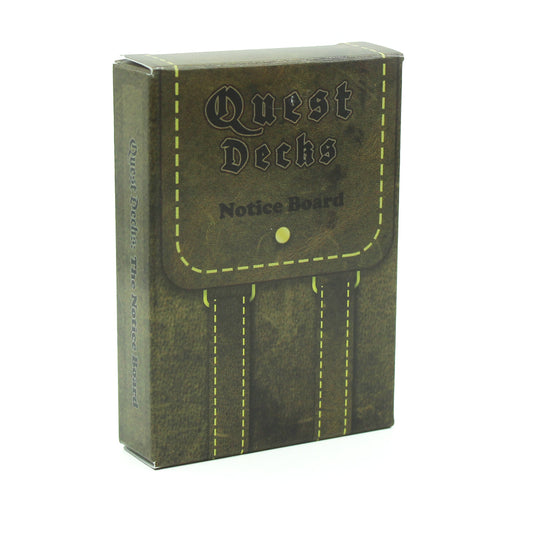
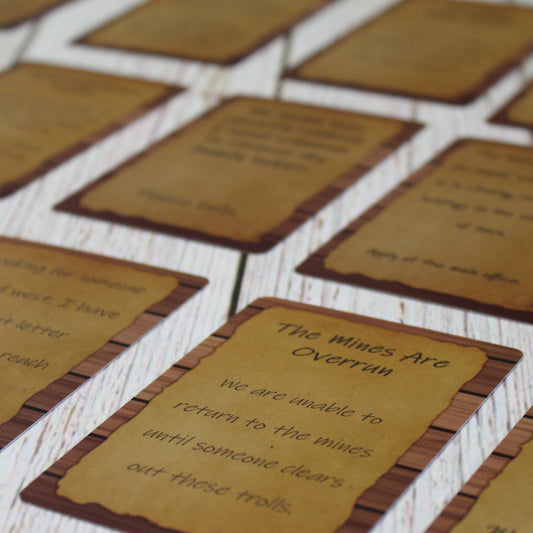
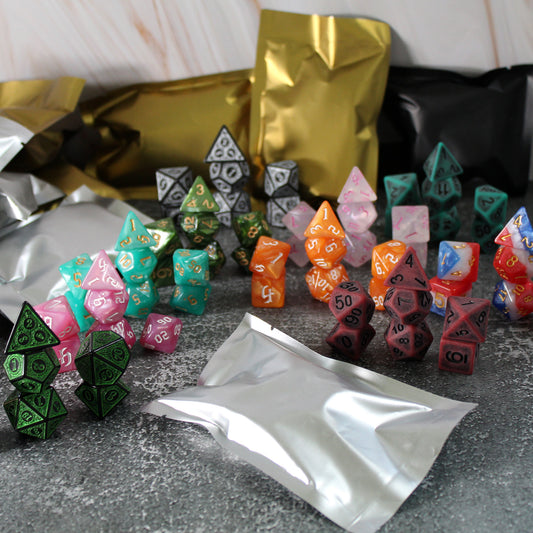


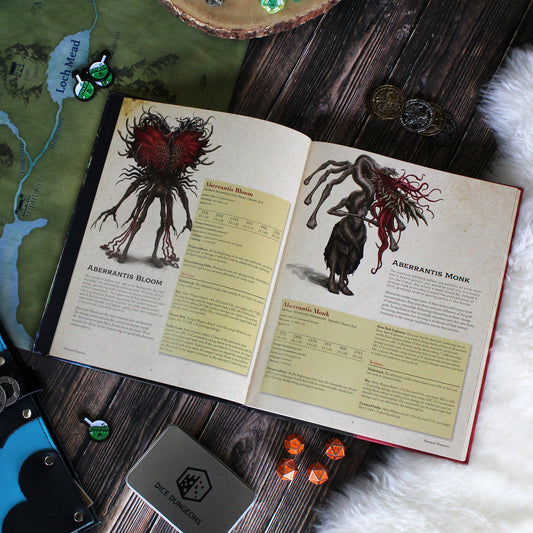
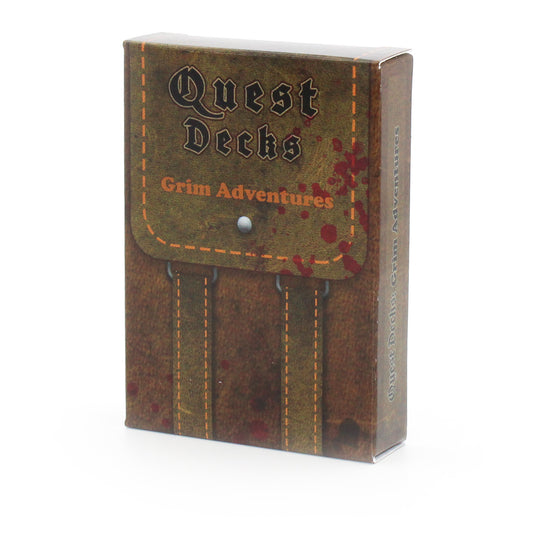
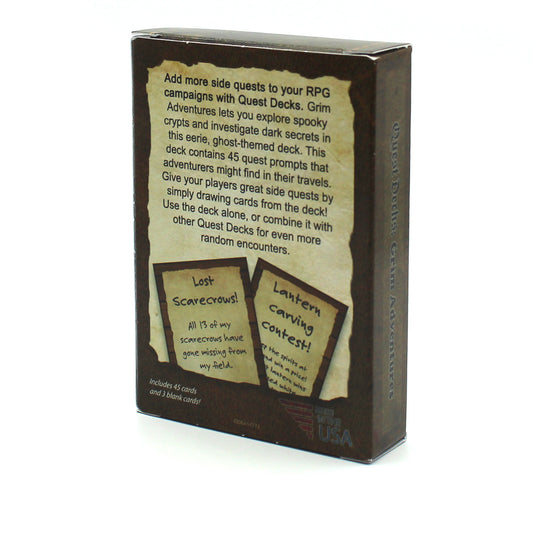
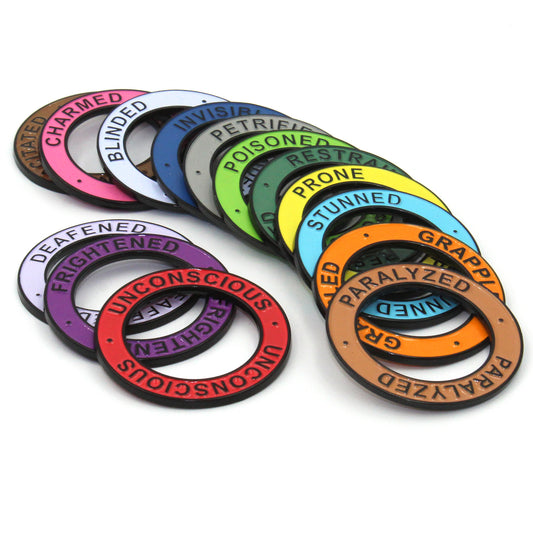
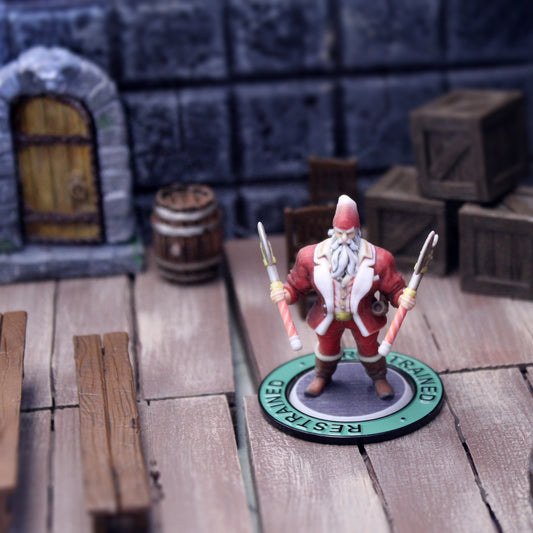
129 comments
I’ve been saying the same thing for years.
I only allow d10s labeled 1-10 (0-9 are banned). Then the only zero is the “00” on the tens die, and always treated as zero.
00+10 = 10
10+10 = 20
90+10 = 100
Never an issue. With a 0-9 die, players will argue to the death over interpretation of zeros [inconsistently] to favor themselves. How 0-9 became more common than 1-10 is beyond me. I always have extra 1-10s to give out, they’re cheap.
The problem is, you’re thinking of the d10 as being always 1-10.
It’s numbered 0-9 for a reason.
On a d10 roll, zero = the max (ie, 10).
On a d100 roll, zero (on all dice) = the max (ie, 100).
You can extend this to any number of places. Educational stores sell d1,000,000 sets. If you’re treating the d10 as 1-10… how do you treat the d100? the d1,000? the d10,000?
Simple. All zeroes = max. Anything else, just read the values into the appropriate places.
I know this is an old post, but I’m surprised at how confused people are.
Lets look at this mathematically, the way a die is meant to be read:
-d4 = (1+2+3+4) / 4 = avg 2.5
- d6 = (1+2+3+4+5+6) / 6 = 3.5
- d8 = (1+2+3+4+5+6+7+8) / 8 = 4.5
- d10 = (1+2+3+4+5+6+7+8+9+10) / 10 = 5.5
- d100 = (1+2+3+4+5+6+7+8+9+10+ … +99+100) / 100 = 50.5
Notice the d100 is literally 10x the value of the d10
if you were reading a d10 and d100 as below, the math doesn’t work:
- d10 = (1+2+3+4+5+6+7+8+9) / 10 = 4.5
- d100 = (1+2+3+4+5+6+7+8+9+10+ … +99) / 100 = 49.5
Notice the d10 is now equivalent of a d8 and the d100 is no longer 10x the value; therefore, there is a right way to do this:
00 and 0 read as 0+10 = (10+20+30+40+50+60+70+80+90+1+2+3+4+5+6+7+8+9+10) / 10 = 50.5
90 and 0 read as 90+10 = (10+20+30+40+50+60+70+80+90+1+2+3+4+5+6+7+8+9+10) / 10 = 50.5
50 and 0 read as 50+10 = (10+20+30+40+50+60+70+80+90+1+2+3+4+5+6+7+8+9+10) / 10 = 50.5
00 and 7 read as 0+7 = (10+20+30+40+50+60+70+80+90+1+2+3+4+5+6+7+8+9+10) / 10 = 50.5
Well let’s be honest here.
0-99 is a perfectly fine system and works well, you could simply add one to it if it bothers you to start at 0 instead of 1. Nonetheless if you play with coders 0-99 will actually work better and be better understood.
00 as far as I can understand is still zero how do you otherwise ever roll below 10%.
just for those that don’t know how to use a 0-99 system, basically where it says “you need to roll X or lower”, you just read “you need to roll lower than X”. It’s as simple as that. Entire problem solved without any weird convoluted solutions ;)
Honestly people should get more math or coding at school, in my opinion :P
Always done it this way but my players call me crazy. Just always made more sense to me